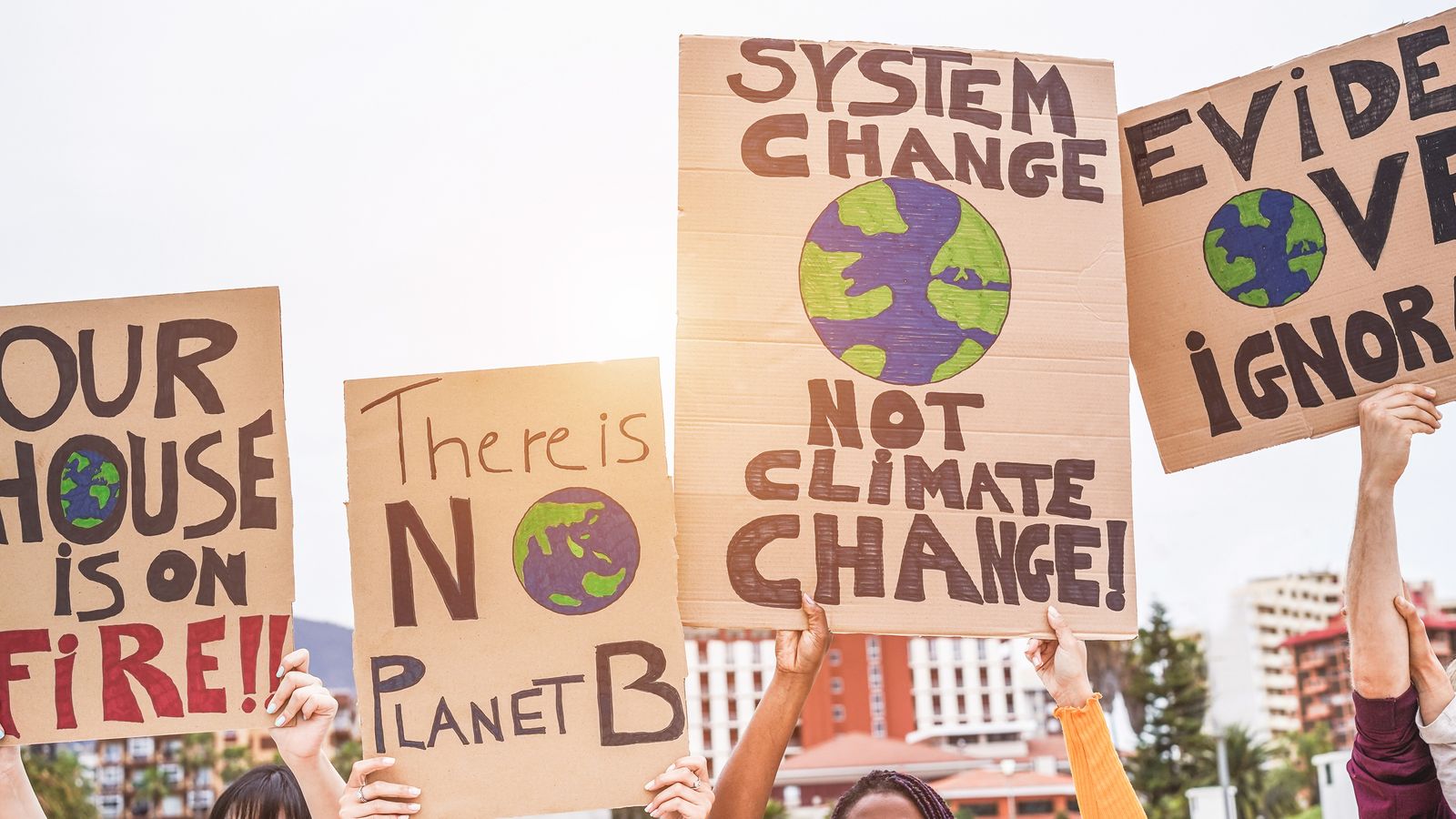What Happens if the Climate and Ecological Crisis
Are Framed as a National Threat?
Liz Boulton / Pearls and Irritations
(October 11, 2022) — For 30 years, the risk of dangerous climate change, which would render the Earth uninhabitable for most species, has been treated as a scientific and economic governance issue. Partly due to historic norms, but also due to legitimate concerns about securitisation, these have been strictly civil matters.
While scientists study the likelihood of planetary life collapsing; the defence sector, charged with protecting their States, people and territories, (and funded to do so) are focused elsewhere. Western nations frame the major security problem now as being a show down between democratic versus autocratic forms of governance. Non-western nations seek to move from a unipolar to a multi-polar world.
In this geopolitical realm, as head of the US Center for Climate and Security John Conger explains, global warming is considered merely one ingredient of many risk factors.
In its 2022 Strategic Concept NATO follows suit, describing climate change as a challenge which it lists last of 14 security concerns. These framings reiterate Sherri Goodman’s original “global warming as threat multiplier” frame, introduced in a 2007 CNA report.
In 2022, this is the norm of how security is approached. People remain in their vocational silos and use the dominant framings and institutional structures from a pre-Anthropocene and post WW2 era. This arrangement may be socially and intellectually comfortable, but the problem is, it no longer works.
A new approach called ‘Plan E’ frames climate and environmental issues not as an ‘influence’ upon the threat environment, nor a ‘threat multiplier’ but rather, as the ‘main threat’ to be contained. The research involved creating a new concept of threat – the hyperthreat notion – and then subjecting the ‘hyperthreat’ to a modified military-style threat analysis and response planning process.
The rationale for this unusual approach, and the methods used are outlined in the 2022 Spring Journal of Advanced Military Studies. To prompt broader imagining of what a new threat posture could look like, an accompanying demonstrational, or a prototype new grand strategy, PLAN E, has also been developed.

While risky and taboo, this new analytical lens allowed new insights.
-
- First, it revealed that capacity to see the full threat landscape of the 21st Century is impaired by outdated philosophical constructs and worldviews.
- Secondly, it spotlighted the idea that the nature of violence, killing and destruction has fundamentally changed; so too has the nature and form of conscious hostile intent.
- Third, it became evident that the arrival of the hyperthreat upends modern era approaches to security. 20th Century security strategy revolved around supporting industrial era forms of state power, which hinged upon resource extraction and ‘winning oil’ supply in war. As Doug Stokes explains, especially after the 1970s, as global supply chains became more vulnerable to disruptions, there was an increased global commons argument to use tools of force, like the Central Intelligence Agency (CIA) and the U.S. military to “maintain the system.”
Accordingly, through undertaking “system’s maintenance” tasking, inadvertently the security sector can end up working for the hyperthreat (exacerbating greenhouse gas emissions and damaging ecological systems). At the same time, when pursued brutally, “systems maintenance” creates resentment and can lead to “the west” being regarded as valid threat to other nations.

Taken together, such impacts can mean that the western world’s security forces inadvertently undermine its own and other’s security. This means that our threat posture is no longer coherent.
-
- Fourth, keeping climate and environmental policy in one silo, and security strategy in another, meant that, even though Paris Agreement climate negotiations paralleled the Iraq war, these two issues were rarely linked in climate-security analysis. As Jeff Colgan finds, oil was a major driver of this conflict, and accordingly, thus, extraordinarily, using a new lens, the Iraq War could be viewed as a war fought on behalf of our new foe – the hyperthreat. This bewildering analytical gap cannot continue in future security analysis.
- Fifth, neither vocational tribe – environmental science nor security has realised the incompatibility of humanity preparing to ‘fight’ both the hyperthreat and escalating traditional military threats at the same time. Through its likely demands upon fossil fuels; human engineering capacities; technological and financial resources, ardent preparations for a World War Three (WW3) scenario, (or actual major warfare over the 2022 to 2030 period), would likely derail the difficult task of transitioning human society to zero emissions pathways, and arresting the sixth extinction event.
- Sixth, failure to consider threat posture as part of an effective whole of society response to the hyperthreat denies humanity many of the analytical, methodological, and social skills humans have developed over millennia to protect themselves from dangerous and overwhelming threat. It also eradicated the possibility of the defence and security sector pivoting, reformulating, and turning its attention and significant horsepower to the hyper-response.
Although dangerous climate change is often talked about as “the greatest threat;” humanity’s threat posture has never fundamentally altered.
PLAN E offers an alternative: the defence sector abruptly turns its attention and “systems maintenance” support away from the fossil fuel and extractive resource sector.
It supports a different “systems maintenance” mission: the protection of the planetary life system. In doing so, it re-aligns with its fundamental raison d’être of protecting its people and territories – in the most important battle humanity has ever known.
Posted in accordance with Title 17, Section 107, US Code, for noncommercial, educational purposes.
